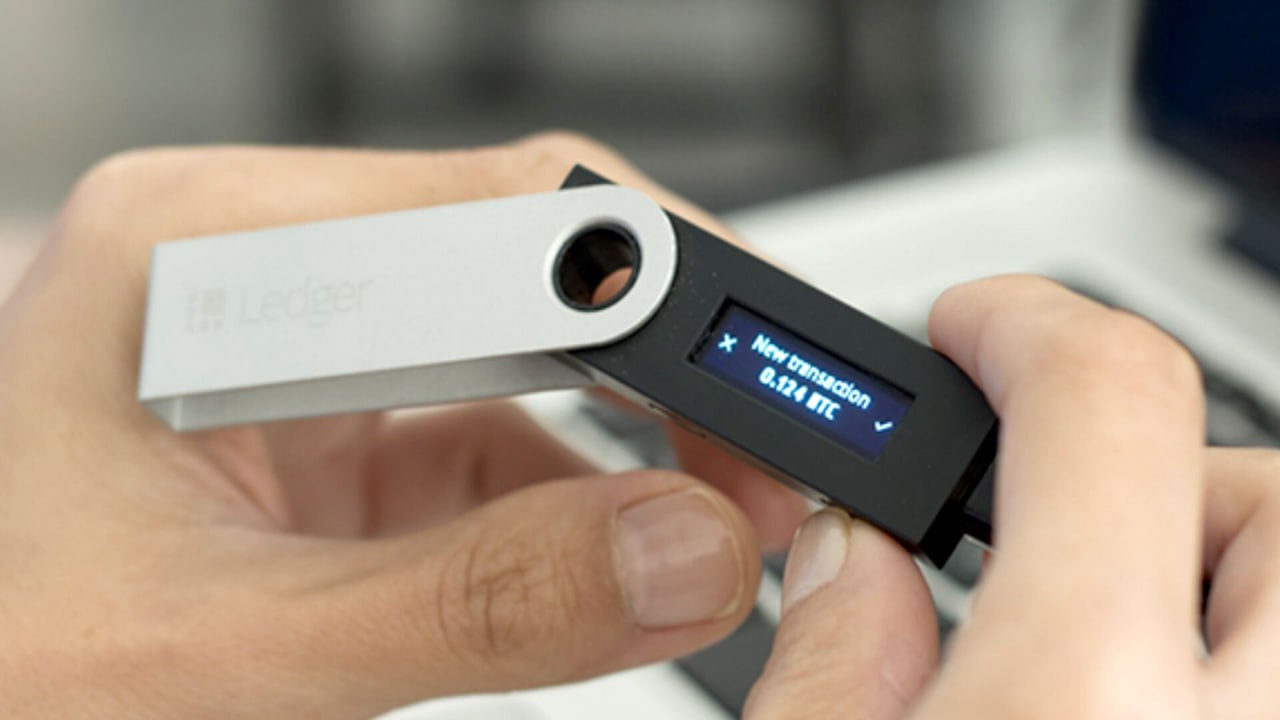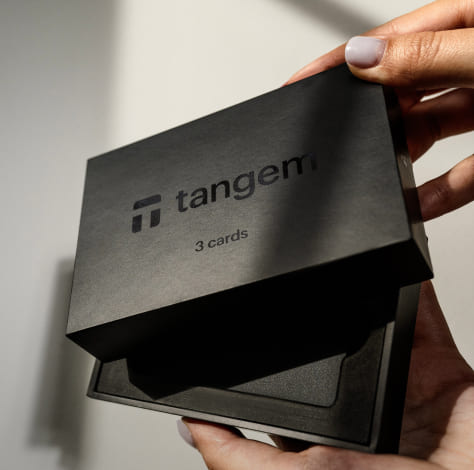
Over time, the security of your cryptocurrency is heavily influenced by the build quality of your hardware wallet. This post will detail how various models stand up to environmental stresses and physical wear, ensuring your assets remain protected against potential damage. You’ll discover the key factors impacting durability, including materials used and resistance to everyday hazards. By understanding these elements, you can confidently select a wallet that offers both long-lasting performance and robust security for your digital investments.
Key Takeaways:
- Hardware wallets exhibit varying degrees of durability based on materials and design, affecting longevity.
- Regular exposure to environmental factors such as moisture and temperature can impact both functionality and lifespan.
- Testing methods include drop tests, water resistance assessments, and stress testing to evaluate overall build quality.
Evaluating Build Materials: The Foundation of Durability
Types of Materials Used in Hardware Wallets
Hardware wallets typically utilize a range of materials that impact their durability and security. The most common materials include metal, plastic, and silicone. Metal casings, often made from aluminum or stainless steel, offer high resistance to physical damage, while plastic can provide a lightweight option but may lack the structural integrity of metals. Silicone components are frequently employed for water resistance and added grip, optimizing the wallet’s usability in diverse environments.
Your choice should also consider the internal components, where circuit boards and chips significantly influence performance. If materials deteriorate, the risk of hardware failure increases, affecting your ability to access your cryptocurrency. Recognizing the importance of these materials lays the groundwork for understanding durability.
| Material | Characteristics |
| Metal | High resistance to impact and corrosion |
| Plastic | Lightweight, but less sturdy |
| Silicone | Water-resistant and provides grip |
| Circuit Boards | Essential for functionality |
| Chips | Key to secure transactions |
Impact of Material Quality on Longevity
The quality of materials directly influences the lifespan of a hardware wallet. Premium materials resist wear and tear, reducing the likelihood of damage from daily handling and environmental exposure. For instance, a metal-bodied wallet could withstand drops better than its plastic counterpart, ensuring that your asset remains safe. Low-quality materials can lead to system failures or physical defects over time, compromising both functionality and security.
Investing in a hardware wallet with high-grade materials is vital, as those forged from robust metals or high-quality plastics often come with warranties leveraging the manufacturer’s confidence in their durability. Commonly, wallets employing advanced protective treatments, such as anodization or coatings, further enhance resistance to corrosion and wear. By choosing wisely, you can significantly increase your cryptocurrency wallet’s longevity and reliability.
Stress Testing Hardware Wallets: Real World Scenarios
Temperature Extremes: Heat and Cold Resistance
Your hardware wallet’s resilience to extreme temperatures can significantly affect its performance and lifespan. For instance, exposure to high temperatures (above 60°C or 140°F) can potentially lead to battery failure or permanent damage to internal components, while low temperatures (below -20°C or -4°F) may cause sluggish performance or unresponsiveness. Many manufacturers conduct rigorous testing, ensuring that devices maintain functionality within a specified temperature range.
Understanding how your wallet behaves in various climates is vital for safeguarding your assets. For example, wallets designed with high-temperature resistant materials, like polycarbonate, demonstrate improved durability in hot environments, while those with temperature-proof features can retain optimal functionality even in the cold. Always check the manufacturer’s specifications to ensure your hardware wallet can withstand the conditions you frequently encounter.
| Temperature Range | Impact on Wallet |
| Above 60°C (140°F) | Risk of battery failure, component damage |
| Below -20°C (-4°F) | Decreased performance, potential unresponsiveness |
Impact Resistance: Drop Tests and Everyday Use
Impact resistance is vital for hardware wallets, especially considering everyday scenarios where drops and knocks can occur. Many wallets undergo standardized drop tests, typically simulating drops from a height of approximately 1 meter (3.3 feet) to assess their durability. A wallet that can withstand this type of stress without compromising internal components or data retrieval dramatically enhances user confidence and trust. For instance, wallets with rugged exteriors and reinforced casings show a marked improvement in survival rates during impact tests.
The materials used in construction also play a significant role in impact resistance. Rubberized exteriors not only provide better grip but also absorb shocks during potential falls. Additionally, some wallets incorporate internal shock-absorbing elements that protect fragile components, ensuring your assets remain safe even under duress.
Water and Dust Resistance: Ensuring Long-Term Usability
Ingress Protection Ratings Explained
Ingress Protection ratings, commonly referred to as IP ratings, are critical metrics for understanding how effectively your hardware wallet can withstand exposure to water and dust. These ratings consist of two digits; the first indicates dust resistance while the second denotes water resistance. For example, an IP67 rating means your wallet is both dust-tight and can withstand immersion in water up to 1 meter for 30 minutes. Such ratings provide you with valuable insights into how your wallet will perform in adverse conditions.
Investing in a hardware wallet with a high IP rating, such as IP68, significantly enhances your confidence against environmental challenges. Brands like LedgerSome of the links on this page are affiliate links. If you purchase a cold wallet through these links, we may earn a commission at no extra cost to you. and TrezorSome of the links on this page are affiliate links. If you purchase a cold wallet through these links, we may earn a commission at no extra cost to you. typically provide detailed IP ratings, allowing you to compare models directly. Knowing a wallet’s ingress protection status before your purchase can save you from costly damage and loss of access to your cryptocurrencies.
Testing Against Environmental Factors
You may not always be able to control your surroundings, so testing against environmental factors is important for ensuring the longevity of your hardware wallet. Rigorous testing protocols often include submersion tests, dust exposure, and various temperature scenarios. This type of validation ensures that the device functions correctly not only when dry and clean but also after exposure to adverse conditions.
Industry standards indicate that wallets undergoing stringent environmental testing often feature enhanced designs that utilize robust seals and protective materials. Results from simulated conditions give you a better understanding of how your hardware wallet will hold up over time, thereby influencing your investment choices. After checking these tests, you’ll feel more secure regarding your wallet’s durability.
- IP ratings inform you about your wallet’s ability to resist water and dust.
- Environmental testing reveals how the wallet performs under various conditions.
- Submersion tests ensure your wallet can endure extreme scenarios.
Additional testing should focus on various temperatures and humidity levels to simulate real-world usage. These assessments often reveal weaknesses that might not be obvious at first glance. By engaging with reviews that highlight endurance tests, you can gather firsthand experiences to gauge real-world durability.
- Temperature evaluations demonstrate resilience against extreme hot or cold.
- Humidity assessments identify concerns regarding moisture ingress.
- Durability tests provide insights into long-term performance.
User Experience and Maintenance: Enhancing Lifespan
Best Practices for Care and Maintenance
Your hardware wallet requires regular care and attention to maximize its durability and longevity. One of the most effective practices is to keep the device in a protective case when not in use, shielding it from physical damage, dust, and moisture. Additionally, avoid exposing your wallet to extreme temperatures or direct sunlight for prolonged periods. Regularly updating the device’s firmware is imperative for security, but also helps in maintaining compatibility with evolving security standards, thereby extending its useful life.
Cleaning your wallet’s exterior with a microfiber cloth can help prevent buildup of dirt and oils that may lead to wear over time. It’s advisable to store the device in a stable environment, avoiding areas with high humidity or fluctuations in temperature. Backing up your wallet’s data securely can alleviate concerns about data loss, allowing you to focus on proper maintenance rather than worrying about device failure.
User Feedback on Durability and Reliability
User experiences often highlight the concrete advantages of investing in a quality hardware wallet. Many users report significant satisfaction regarding the robust build quality and reliability of their devices, even after years of use. Feedback generally indicates a positive correlation between proper maintenance practices and the longevity of the wallet. Users who adhere to care guidelines tend to have wallets that withstand accidental drops and daily wear without issue.
Surveys and reviews often illustrate common themes in user feedback, such as the appreciation for features like water resistance and solid construction materials. Several users have noted that their wallets remained functional despite minor accidents, further emphasizing the reliability of premium models. Reviews frequently mention that those who prioritize maintenance typically enjoy a seamless user experience with minimal disruptions due to hardware failure.
Longevity Analysis: Do Premium Prices Equal Better Quality?
Cost vs. Durability: The Price-Satisfaction Paradox
Premium-priced hardware wallets often boast superior materials and build quality, which can significantly impact their longevity. For instance, a wallet priced at $200 may utilize a hardened aluminum case and advanced waterproofing features compared to a standard model at $50 that opts for basic plastic. This choice in materials not only enhances durability but may also contribute to a more satisfying user experience over time. However, this does not guarantee that higher costs always equal heightened satisfaction; cheaper models that also offer solid reliability can make it challenging to justify the price difference.
Consumer reviews frequently highlight this paradox, with some users praising budget models for their surprisingly robust performance despite their lower price tags. You might find that a less expensive option lasts just as long as its premium counterpart, particularly if the wallet is designed with important security features intact. A balance needs to be struck between what you’re willing to spend and your expectations regarding durability.
Long-Term Value: Evaluating Investment in Hardware Wallets
Investing in a hardware wallet requires weighing short-term costs against long-term benefits. While spending a premium might feel daunting initially, consider that a more durable device can save you from costly replacements or losses due to a failure over time. If a wallet lasts five years instead of two, that longevity translates to a lower annual cost of ownership. For example, a $200 wallet lasting five years amounts to $40 per year, while a $50 model needing replacement every two years totals $25 annually, but with potential risks attached to security lapses during replacements.
The long-term value can also be enhanced when considering how a reliable hardware wallet can safeguard assets. Solid reviews indicate that users of top-tier wallets frequently feel at ease, knowing their investments are secure. By choosing a durable, higher-end wallet, you not only invest in its physical longevity but also in peace of mind that comes with knowing your digital assets are protected from potential threats.
Summing up
With this in mind, your choice of a hardware wallet should be influenced by its build quality and longevity. A robust hardware wallet not only protects your assets but also withstands daily wear and tear, ensuring that your investment remains secure over time. By considering factors such as materials used, designed durability against external damage, and warranty offerings, you can make a more informed decision that aligns with your long-term needs.
Your assessment of the hardware wallet’s durability plays a significant role in safeguarding your digital assets. A wallet that endures physical stress and environmental conditions will provide more reliable service throughout its lifespan. Conducting thorough research on models that have passed rigorous durability tests will enhance your confidence in the protection of your cryptocurrencies and digital tokens, ultimately supporting your financial peace of mind.
FAQ
Q: What materials are used in the construction of hardware wallets that affect their durability?
A: Hardware wallets typically use high-grade materials such as polycarbonate, stainless steel, and aluminum. These materials are selected for their ability to resist physical damage and corrosion, contributing to the overall longevity of the device.
Q: How do environmental factors influence the longevity of hardware wallets?
A: Environmental factors such as temperature, humidity, and exposure to liquids or dust can significantly impact the lifespan of hardware wallets. Extreme temperatures can affect electronic components, while moisture can lead to corrosion. Proper storage conditions can help mitigate these risks.
Q: What testing methods are used to evaluate the build quality of hardware wallets?
A: Build quality is assessed through various testing methods, including drop tests, water resistance tests, and scratch resistance evaluations. These tests simulate real-world conditions to ensure that hardware wallets can withstand daily wear and tear without compromising their functionality.







